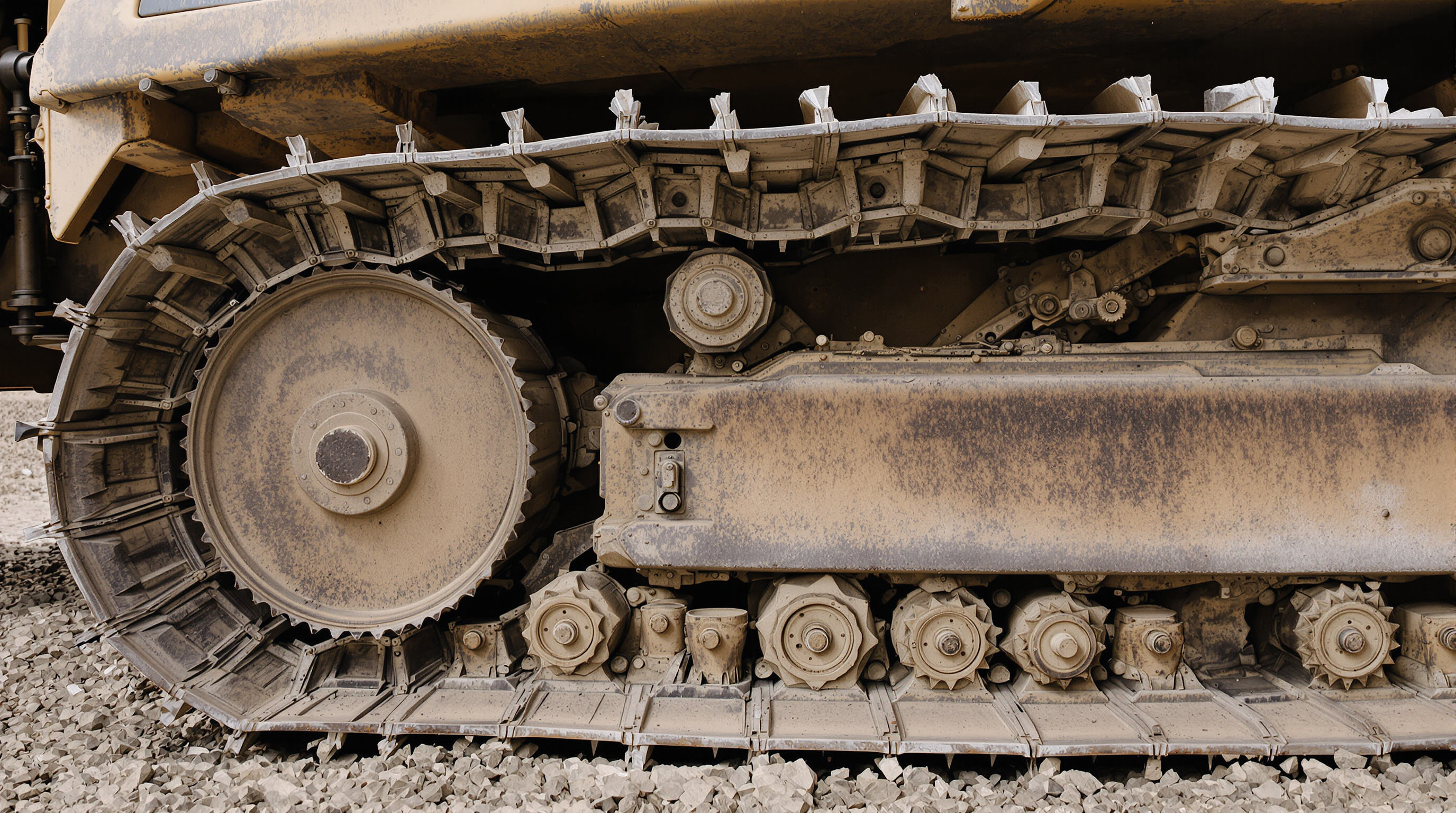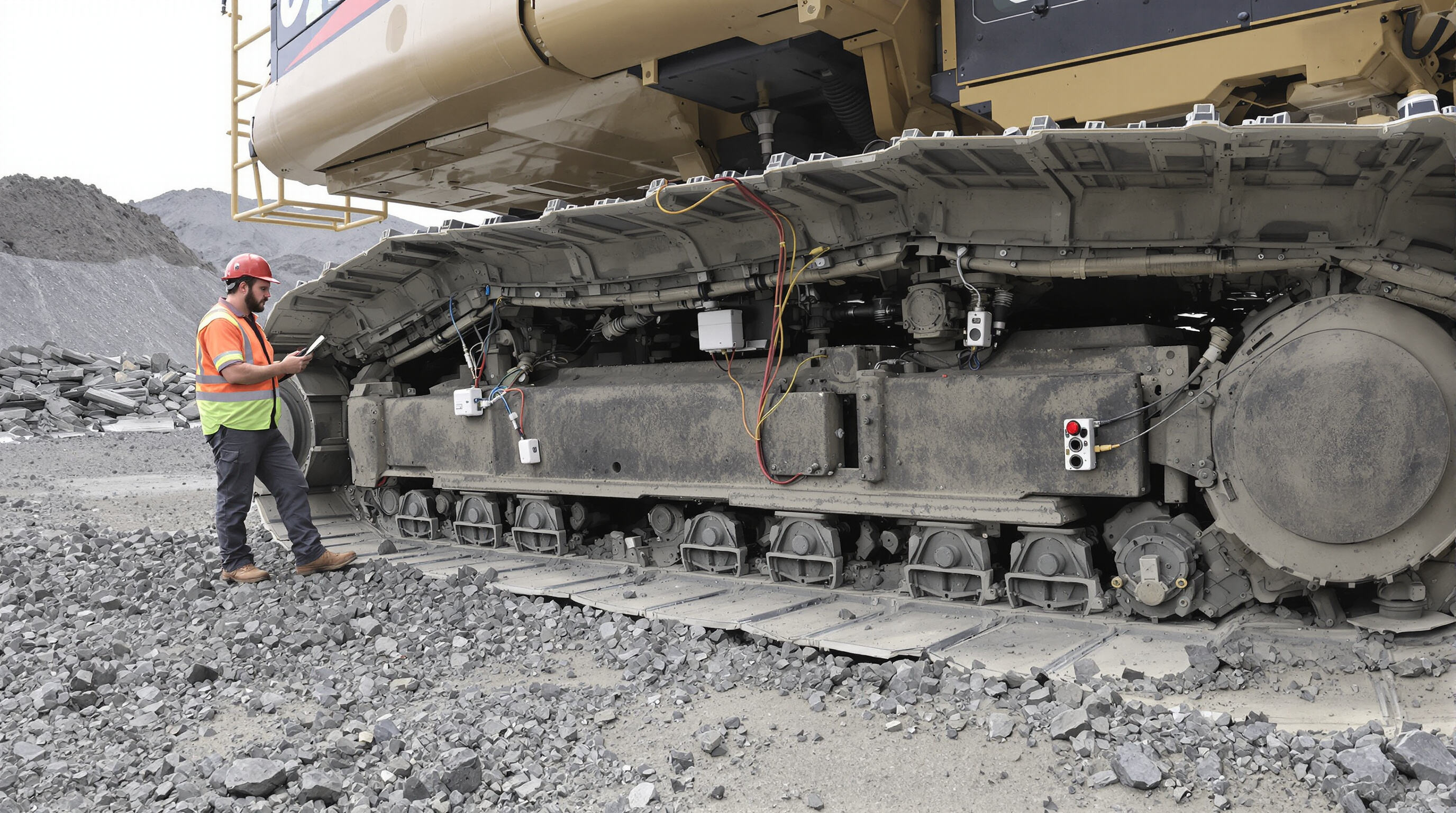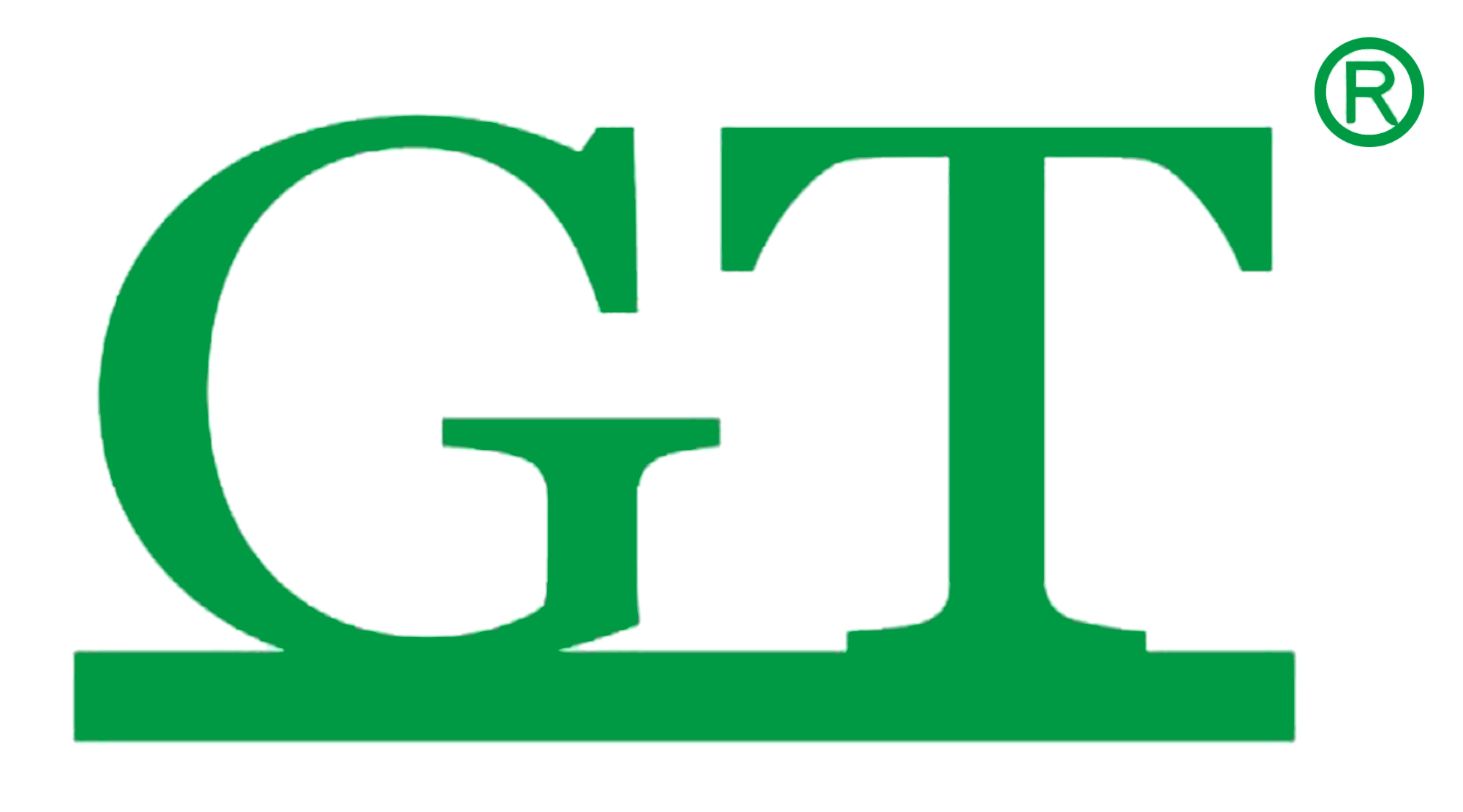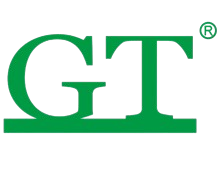Why Mining Undercarriage Maintenance Matters
Understanding the role of the mining undercarriage in equipment performance
At the heart of any heavy mining machine sits the undercarriage, which basically holds everything together when dealing with massive structural stresses and rough terrain movement. Tracks run along with rollers, sprockets, and those little wheels called idlers to get power from engine to ground and spread out all that weight properly. Keeping this whole setup in good condition makes sure the machine can really grip the ground and do accurate grading work, which means better results on site. When all these parts are working right together, the equipment stays stable even during tough operations like digging deep holes, loading trucks full of material, or moving big chunks of earth around without shaking up the rest of the machinery above.
Impact of neglecting undercarriage maintenance on operational efficiency
When maintenance gets ignored, equipment wears out faster. This leads to problems like decreased mobility and alignment issues that make operators have to cut back on speed. Tracks that aren't properly tightened can boost rolling resistance anywhere from 15% to 30%, which means the machines burn through fuel at a much higher rate. When things go wrong completely, like when roller bearings seize up, it creates unexpected downtime that stops production cold. This is particularly bad news for continuous mining operations because every hour lost translates directly into lost money. The worst part? These kinds of breakdowns tend to create chain reactions throughout entire fleets. A single failure in one area can snowball into multiple repair needs across different machines, tying up technicians and delaying other critical work around the site.
| Consequence | Operational Effect | Financial Impact |
|---|---|---|
| Misaligned Tracks | 18% speed reduction | +$110/hr in operator inefficiency |
| Roller/Sprocket Failure | 6-24hr downtime | $15k-$85k parts/labor costs |
| Track Derailment | Site shutdowns | $480k+ in daily lost production |
Cost implications of undercarriage failure in mining operations
The undercarriage repair costs alone can eat up around 60 percent of what it takes to maintain a machine throughout its entire life cycle. We're talking about incidents that typically run somewhere close to $215k each time they happen, based on those recent 2023 reports looking at heavy equipment operations. And that's just the direct repair costs folks usually think about. What gets left out are all those lost productivity hours when machines sit idle waiting for parts to arrive, especially bad problem in places far from suppliers where getting things fixed takes forever. Letting small issues go unchecked often ends up damaging other critical components like final drives and hydraulic systems too. Companies that wait until something breaks down end up losing between 35 and 45% off their resale value later on, forcing them to replace equipment way sooner than planned. Regular checkups and maintenance schedules help avoid this financial spiral by catching problems before they become major headaches down the road.
Common Wear Patterns and Causes in Mining Undercarriage Systems

Identifying wear and tear on tracks, rollers, and sprockets
When checking tracks, look out for signs like stretching, bent sprocket teeth, and those annoyingly uneven wear patterns on roller flanges. Metal fatigue tends to show up as tiny cracks where the stress builds up over time. And let's face it, when equipment works in dusty or gritty conditions, surfaces just wear down faster than normal. Rockier ground is particularly hard on machinery too. Roller guides get hammered by rocks and debris, leaving behind those telltale dents. Then there's this thing called sprocket hooking, which basically means one side of the drive teeth wears down faster than the other. Spotting this kind of asymmetrical wear early can save a lot of headaches down the road before something actually breaks completely.
Factors contributing to accelerated undercarriage degradation
Industry maintenance records from 2024 indicate that about 60 percent of equipment wears out before expected life due primarily to soil abrasiveness. When machines operate in areas with lots of granite particles, we see those tiny pits forming on pin joints over time. The situation gets worse when there's fine sand around because it works its way into bearings and speeds up internal component degradation. Then there's the issue with aggressive machine pivoting which generates sideways forces strong enough to actually bend track links. Not cleaning equipment properly allows material to accumulate between rollers, leading to pressure spots that aren't distributed evenly across surfaces. Other factors contributing to early failure include torque spikes during slope reversals, running machinery for extended periods in puddles or flooded areas, and regularly using buckets beyond their rated capacity.
Case study: Wear analysis from heavy-duty mining sites
At a copper mining operation in Chile, operators managed to cut down on undercarriage replacements by around 170 hours simply by keeping better track of wear patterns. When they looked closer, they noticed something interesting: the worst sprocket damage was happening specifically on those parts of the haul roads where there were lots of sharp volcanic rocks lying around. Testing confirmed why this mattered so much - those particular rocks had a hardness rating of 9.5 on the Mohs scale, way higher than the usual 7.2 seen across most areas at the site. Once they understood this connection, implementing better ground conditioning techniques actually brought down component stress fractures by nearly half. The insights gained from this investigation led to significant improvements in their maintenance routines, saving both time and money over the long run.
Preventive Maintenance Strategies for Long-Lasting Undercarriages
Preventive maintenance reduces replacement costs by 45% and extends undercarriage lifespan by 3–5 years in harsh mining environments (IEMJ Mining Operations Review 2023). A structured approach includes daily inspections, consistent cleaning, and adaptive scheduling to counteract abrasive wear.
Daily undercarriage inspections to detect early signs of damage
Operators should conduct pre-shift inspections of tracks, rollers, and sprockets. Key warning signs include uneven roller wear indicating misalignment, track link cracks deeper than 2mm, and abnormal pin or bushing protrusion. Early detection of these issues reduces catastrophic failures by 72% (Ponemon Heavy Industry Study 2024).
Regular cleaning and lubrication to reduce component stress
Post-shift pressure washing removes abrasive contaminants that accelerate wear. Weekly application of lithium-complex grease to roller bearings, sprocket teeth, and pivot joints helps prevent metal fatigue, friction corrosion, and seizing. This routine extends bushing life by 30% in silica-heavy operations (Global Mining Efficiency Report 2023).
Scheduled vs. condition-based maintenance: Best practices for mining operations
| Approach | Ideal Scenario | Mining Efficiency Gain |
|---|---|---|
| Scheduled | Predictable material handling | 18% cost reduction |
| Condition-based | Variable ore hardness sites | 32% downtime decrease |
| Hybrid models deliver the best results—combining scheduled chain replacements every 2,500 hours with vibration sensors on idlers for real-time stress alerts. Mines using this integrated strategy report a 23% increase in mean-time-between-failures (MTBF). |
Optimizing Track Tension and Component Replacement
Proper track tension adjustment based on operating conditions
Getting the right track tension makes all the difference when it comes to how long the undercarriage lasts and how much wear happens over time. The rule of thumb? Tighten things up a bit when working on rocky terrain to keep dirt and rocks from getting stuck underneath. But go easy in muddy conditions where too tight can actually cause problems with packing. When tracks are too tight, they put extra stress on those rollers and idlers, and guess what? Fuel consumption jumps by around 5 to 7 percent. On the flip side, if there's too much slack, derailments become a real concern. Most manufacturers suggest checking track sag somewhere between 1 to 1.5 inches below the roller frame area. And don't forget to check again whenever conditions change dramatically. Frozen tracks need proper thawing first or else they might crack during operation, which nobody wants to deal with in the middle of a job site.
Timely replacement of worn parts to prevent cascading damage
Putting off replacing those worn out sprockets, rollers, or track links often leads to bigger problems down the road. Just one bad idler bearing can really speed up bushing wear, sometimes by as much as 40%, which might eventually lock up the whole undercarriage. Set some real benchmarks for wear instead of waiting until things fall apart. For instance, most experts recommend swapping out sprockets once the tooth hooking gets beyond about 25%. Stick to regular replacement schedules too. Companies that track their parts' lifecycles report cutting unexpected downtime nearly in half versus those who just fix stuff when it breaks (Mining Reliability Journal found this in 2023). The bottom line is simple math: fixing problems before they happen saves money. Every hour lost to equipment failure costs around $743, so staying ahead of wear issues makes good business sense.
Using high-quality, OEM-compatible replacement components
When choosing undercarriage parts, it's important they match what the original equipment maker specifies regarding metal quality and size specs. Generic options tend to fall short when it comes to lasting power. Parts that are officially compatible typically hold up around 1000 to maybe even 1500 extra hours because manufacturers use better alloys in their construction. Look for suppliers with ISO 9001 certification since these companies test their products through actual load cycles before shipping them out. Real world evidence from copper mining operations indicates that rollers matching OEM standards need replacing about 22 percent less frequently than standard parts, even though they cost roughly 15 to 20 percent less than name brand equivalents. Going this route makes financial sense without sacrificing dependability, plus it keeps those valuable equipment warranties intact for anyone who cares about long term protection.
The Future of Mining Undercarriage Maintenance: Predictive Technologies
IoT Sensors and Telematics for Real-Time Undercarriage Monitoring

Mining operations these days are increasingly turning to IoT sensors for keeping tabs on undercarriage conditions. These devices track things like vibrations, heat levels, and how tight those tracks really are. When all this information gets sent back to central monitoring systems, maintenance teams can spot problems with roller wear or damaged sprockets much earlier than before. Take one copper mine that ran tests in 2024 for instance they saw their parts replacement bills drop around 18 percent once they started putting vibration sensors on all their excavators. The savings came from catching issues before they turned into major breakdowns.
Data-Driven Maintenance Strategies for Maximizing Uptime
Predictive analytics process vast operational datasets to forecast wear with 89% accuracy, according to a 2025 industry report. By analyzing soil abrasiveness, load cycles, and material stress, these systems recommend maintenance windows aligned with production schedules. Mines using data-driven strategies report 30% less unplanned downtime than those relying on calendar-based maintenance.
Industry Shift From Reactive to Predictive Maintenance Models
Predictive maintenance is becoming big business in the mining industry these days. Around two thirds of major mining companies plan to roll out this technology across all their operations by 2026 or so. What makes it so attractive? Well, it cuts down on those expensive emergency fixes that typically run 3 to maybe even 5 times the cost of regular scheduled maintenance work. Plus, equipment lasts longer when maintained properly. We're talking about extending undercarriage lifespan anywhere from 40 percent up to nearly double that in really harsh environments with lots of abrasion. Take a look at what's happening in Australia's iron ore mines as evidence. The data coming out shows that implementing predictive models can slash yearly maintenance expenses by roughly $120,000 for each piece of machinery involved.
Key innovations driving this transformation include wireless strain gauges for continuous track link monitoring, machine learning algorithms that adapt to site-specific wear patterns, and integration with equipment telematics for automated service alerts. Explore predictive maintenance adoption strategies in the 2025 Mining Technology Report.
FAQ
What is the importance of mining undercarriage maintenance?
Undercarriage maintenance is crucial for ensuring equipment stability and performance, particularly during demanding tasks such as digging and moving earth. It helps prevent accelerated wear and unexpected breakdowns that can lead to costly downtime.
What are the consequences of neglecting undercarriage maintenance?
Neglecting undercarriage maintenance can result in decreased mobility, alignment issues, increased fuel consumption, and unexpected downtime that halts production, leading to financial losses.
How can predictive technologies benefit mining operations?
Predictive technologies, including IoT sensors and analytics, can help detect early signs of wear and recommend maintenance before failures occur, reducing emergency fix costs and prolonging equipment lifespan.
Table of Contents
- Why Mining Undercarriage Maintenance Matters
- Common Wear Patterns and Causes in Mining Undercarriage Systems
- Preventive Maintenance Strategies for Long-Lasting Undercarriages
- Optimizing Track Tension and Component Replacement
- The Future of Mining Undercarriage Maintenance: Predictive Technologies
- IoT Sensors and Telematics for Real-Time Undercarriage Monitoring
- Data-Driven Maintenance Strategies for Maximizing Uptime
- Industry Shift From Reactive to Predictive Maintenance Models
- FAQ




